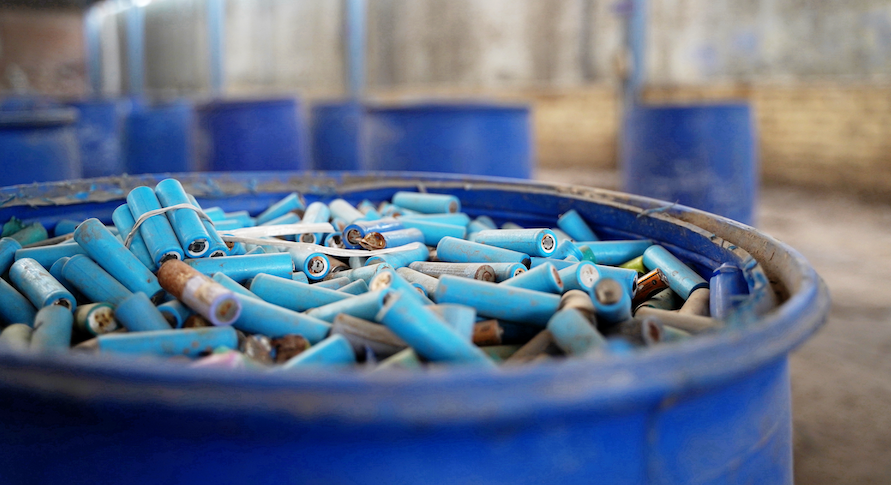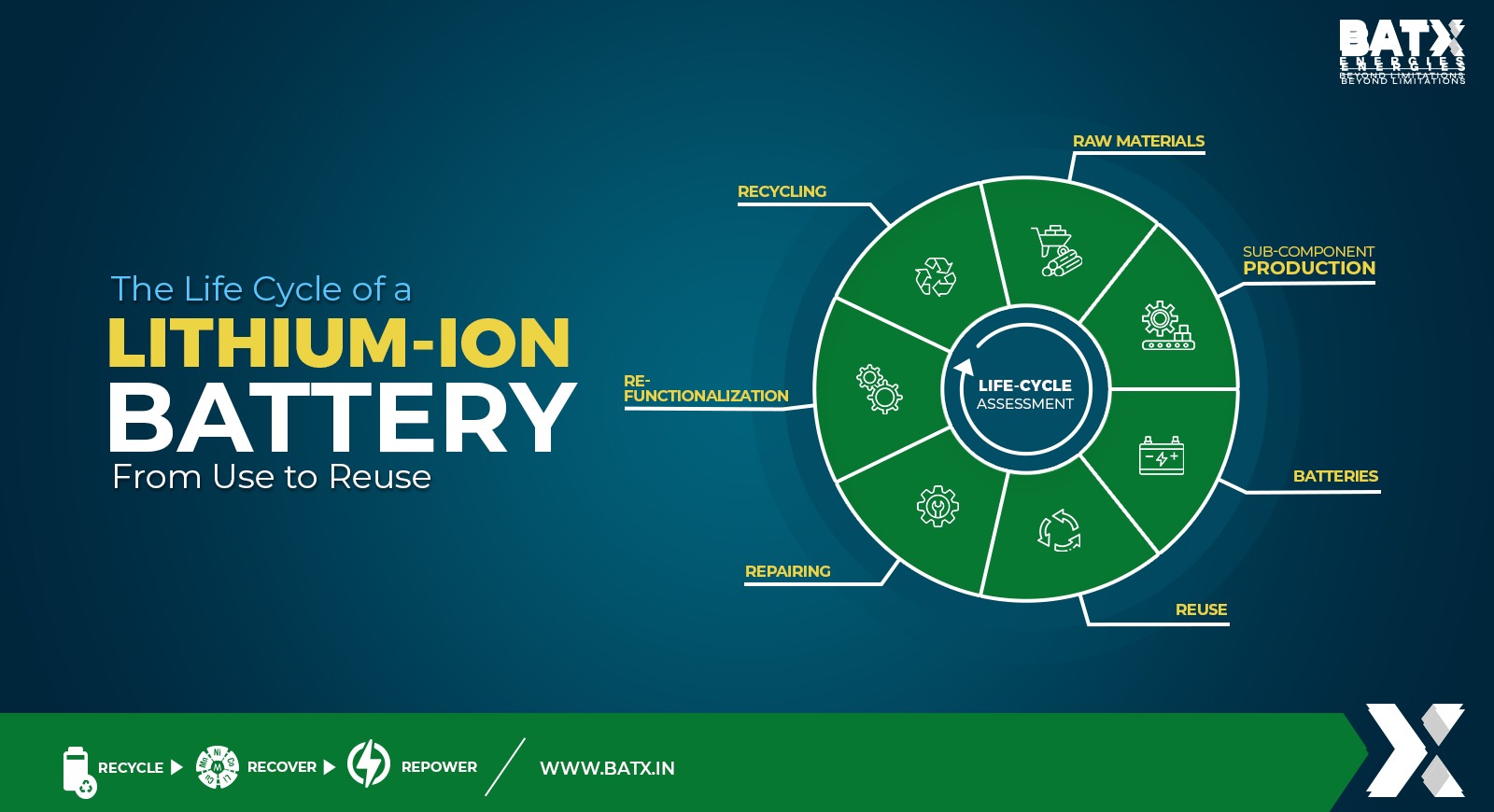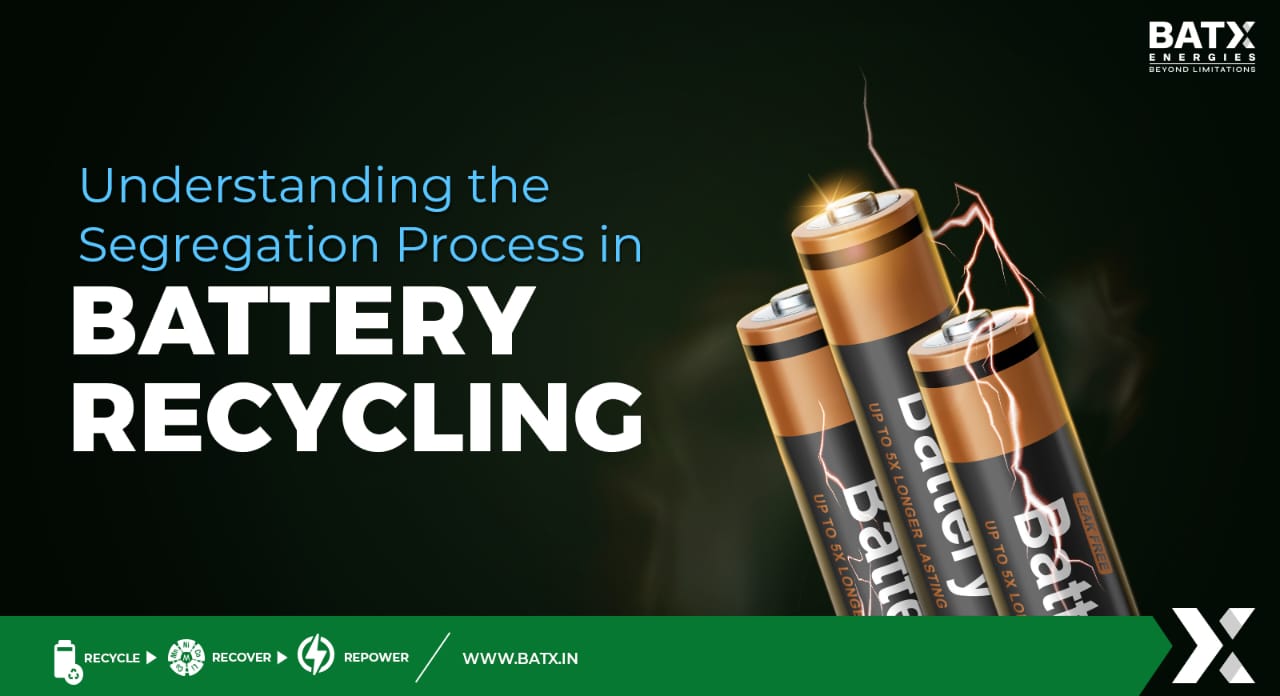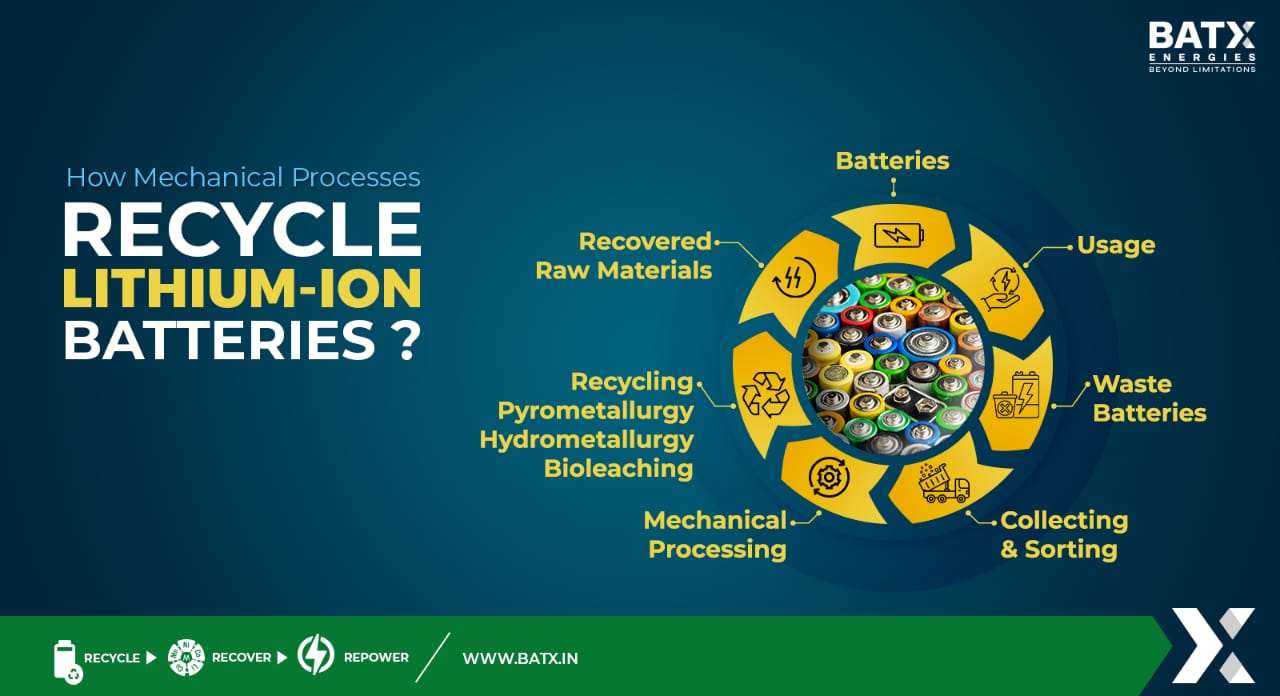It’s a given that automakers are shifting to all-electric vehicles but the rate of customer demand might be rising faster than some realise.
India has committed to making 30 percent of its vehicle sales electric by 2030, which aligns with the country’s overall goals of reducing its economy’s carbon intensity by 45 percent by 2030, as declared at COP26. Along with strong signals in favour of electric mobility, the Indian government and corporate sector have suggested that the renewable energy industry has a bright future. To complement solar and wind projects, achieving significant levels of renewable energy penetration on the grid will naturally provide a large market opportunity for stationary storage.
The analysis estimates that yearly demand for batteries will range from 106 GWh to 260 GWh by 2030, depending on the scenario. Around 40% of this demand is estimated to come from electric vehicles, including freight. India is currently heavily reliant on cell imports from other countries and has relatively limited domestic module and pack assembly capabilities. Government goals to limit continuous reliance on imported cells must be complemented by targeted policies and planning. EVs are seen as one of the key links to cut down carbon dioxide emission from automobiles but it involves a multi-pronged and dynamic plan of action. As battery technology continues to evolve and companies are exploring options of different battery chemistries to ensure greater localisation.
The success of EVs have come with an increased demand for the essential materials and rare components that have made them more efficient. Of particular concern is Lithium, an essential component for Lithium-based batteries. While EVs can use a variety of batteries, the most common and arguably highest-performing are Lithium-ion and Lithium Iron Phosphate (LFP) batteries. While the former enjoys wide market saturation, the latter is currently favoured by the various Chinese manufacturers and market leaders like Tesla.
Battery electric vehicles need six times more minerals than conventional petrol or diesel vehicles. This means the EV market is generally more susceptible to fluctuations in mineral costs. While Lithium has faced the largest growth in demand, nickel and graphite are not far behind. Lithium isn’t the first material to face potential production shortfalls, as Nickel has also faced predictions of shortages and production limitations. Moving forward, the market will need to adapt as the mineral sector responds to increasing needs from the production of EV batteries, and practices for Lithium mining will need to adapt to accommodate environmental concerns where reserves seem the most plentiful.
91% Of Lithium for Lithium-ion Batteries Comes from Three Countries. 59% of cobalt was from Congo, 67% of natural graphite was from China and 63% of manganese come from three countries. In 2017, Australia, Chile, and Argentina produced 91% of all Lithium while the rest of the world supplied the remaining 9%.
EV market faces many decades of strong, compound growth. For any supply chain that relies on getting raw materials out of the ground, it is going to be a supreme challenge to keep up with year after year of high compound growth. According to Benchmark Mineral Intelligence, Lithium market could potentially go into deficit after 2022. The reason being, demand is going up and the supply is trailing behind. It takes 5-7 years for a mine to get operation from the time it is discovered.
The potential impact of electric vehicle demand on the nickel market is substantial. Nickel demand for use in Lithium-ion batteries could grow as much as 567% by 2025 (compared to 2019 levels), Stockhead reports. Many are wondering where all this Nickel will come from. While timelines differ, experts agree that a Nickel shortage is likely on the horizon, especially given the fact that the battery industry requires a higher grade of Nickel than the Stainless Steel industry.
Seen in a wider context, higher EV penetration is part of the transition to a low carbon economy. This transition is gathering pace as world leaders are signing up to emission reductions and net-zero targets. As has been widely commented, the decarbonization of transport and energy generation will require a significant amount of metal – Aluminium, Copper, Nickel, Cobalt and Lithium could all be in high demand. The International Energy Agency, estimates that demand for Lithium may increase up to fortyfold in 20 years’ time, and demand for cobalt could increase by a factor of 20-25 if governments across the globe reach the goals set out in the Paris Agreement. There is a level of uncertainty around the exact growth rates.
Such a strong increase in demand will create new risks for the Lithium-ion battery supply chain, particularly around the availability of raw materials. The increase in production will significantly add to the strain on the battery supply chain. Most critical is the dependency on certain raw and refined materials such as Cobalt and Nickel Sulphates as well as Lithium. These materials account for more than 30% of the cell costs, with cells making up about 75% of the total cost of the battery pack. Battery manufacturing has a significant environmental and social impact. Lithium extraction uses high quantities of water, and some production processes emit large amounts of CO2. Next to the fluctuating raw material prices, the costs of the additional production capacities in the “mine to cell” value chain must also be considered. The availability of certain materials will become critical. Shortages of both a temporary and a long-term nature are expected for Nickel and Cobalt, and their Sulphates, and for Lithium, in particular.



